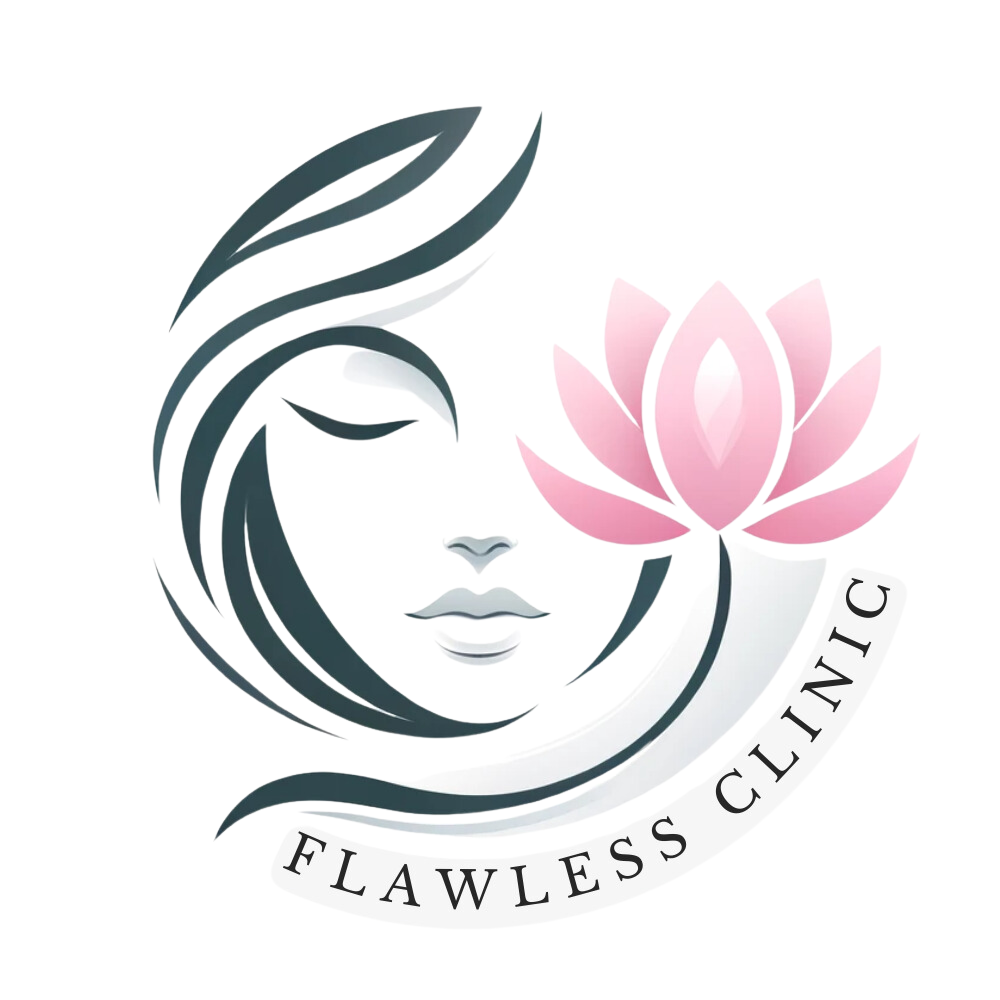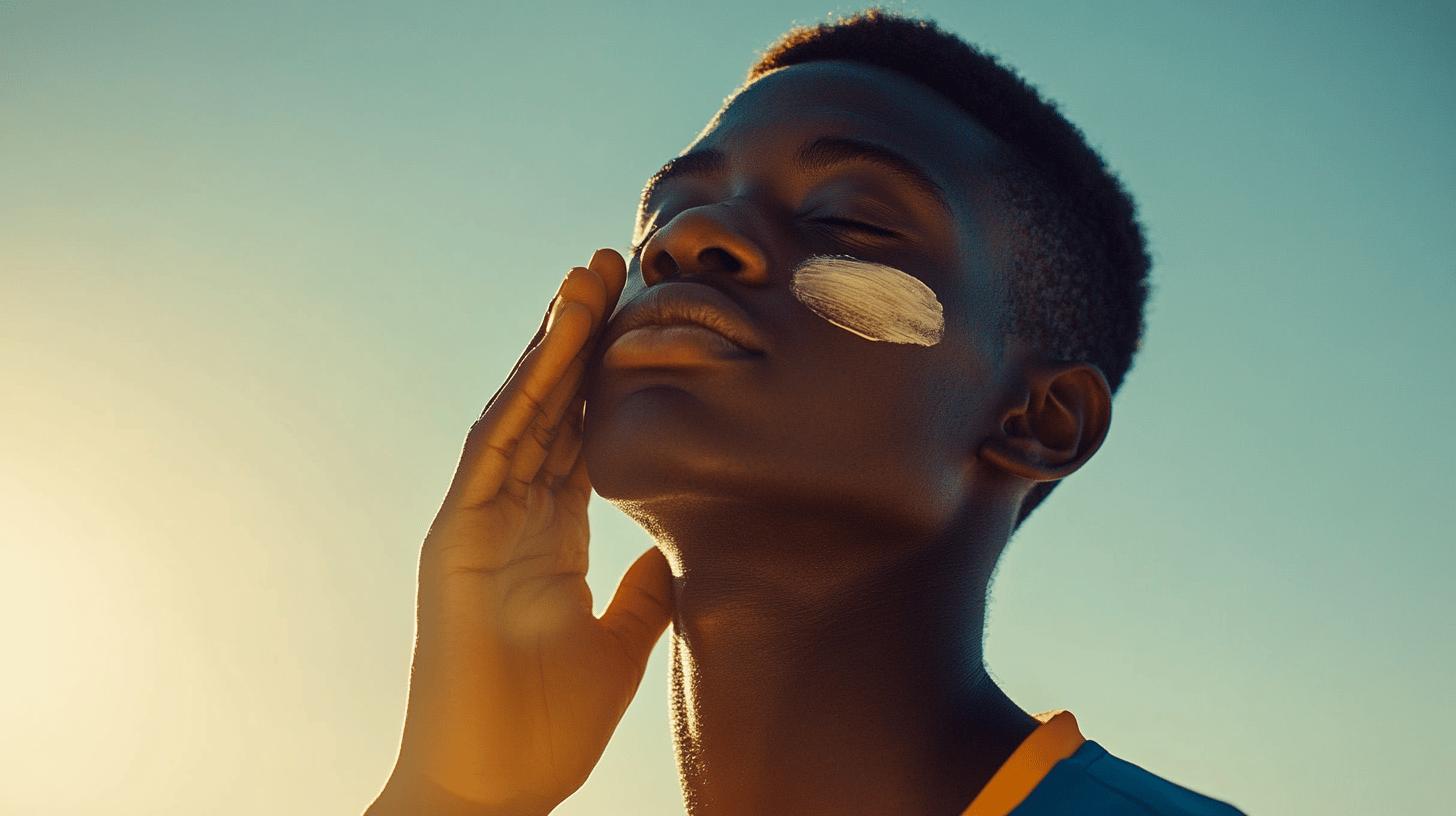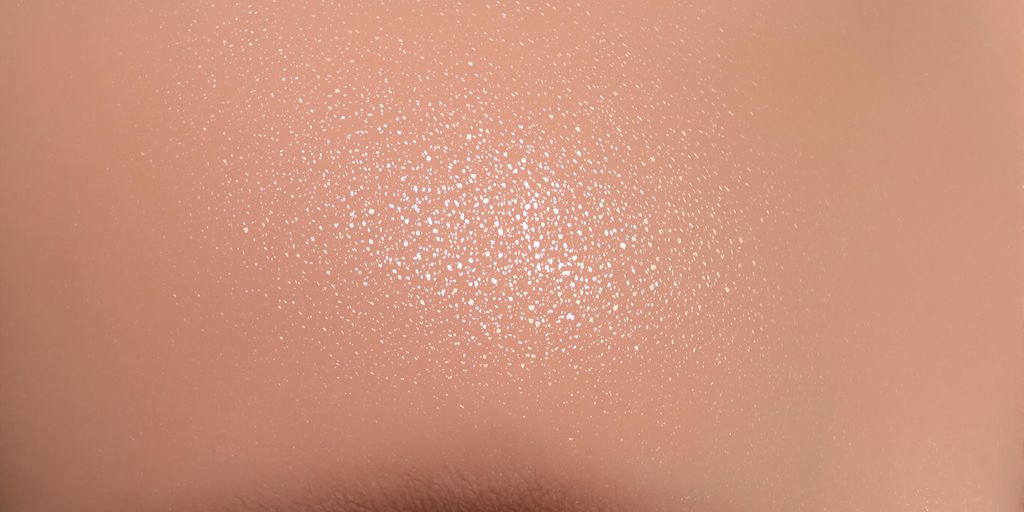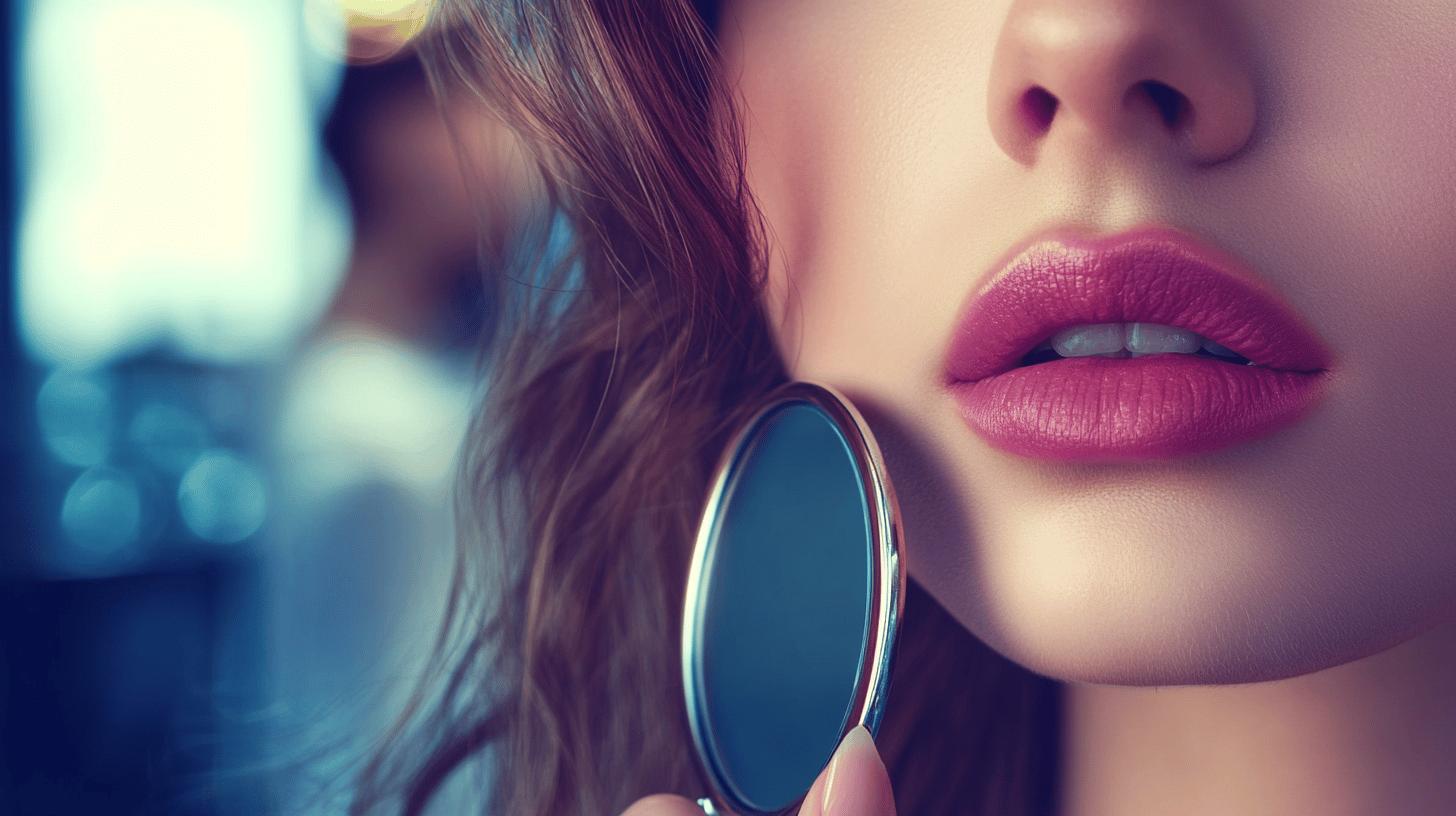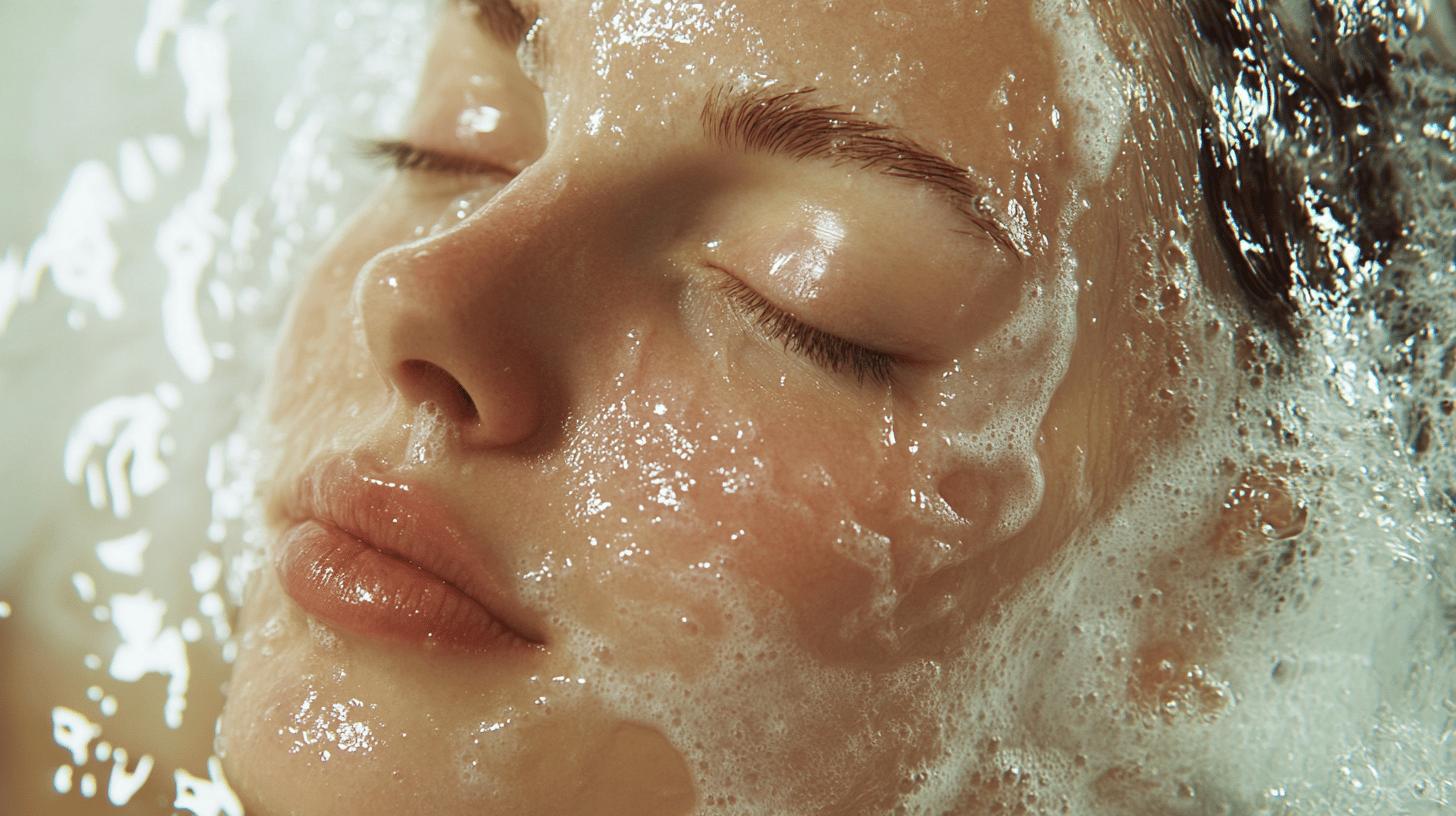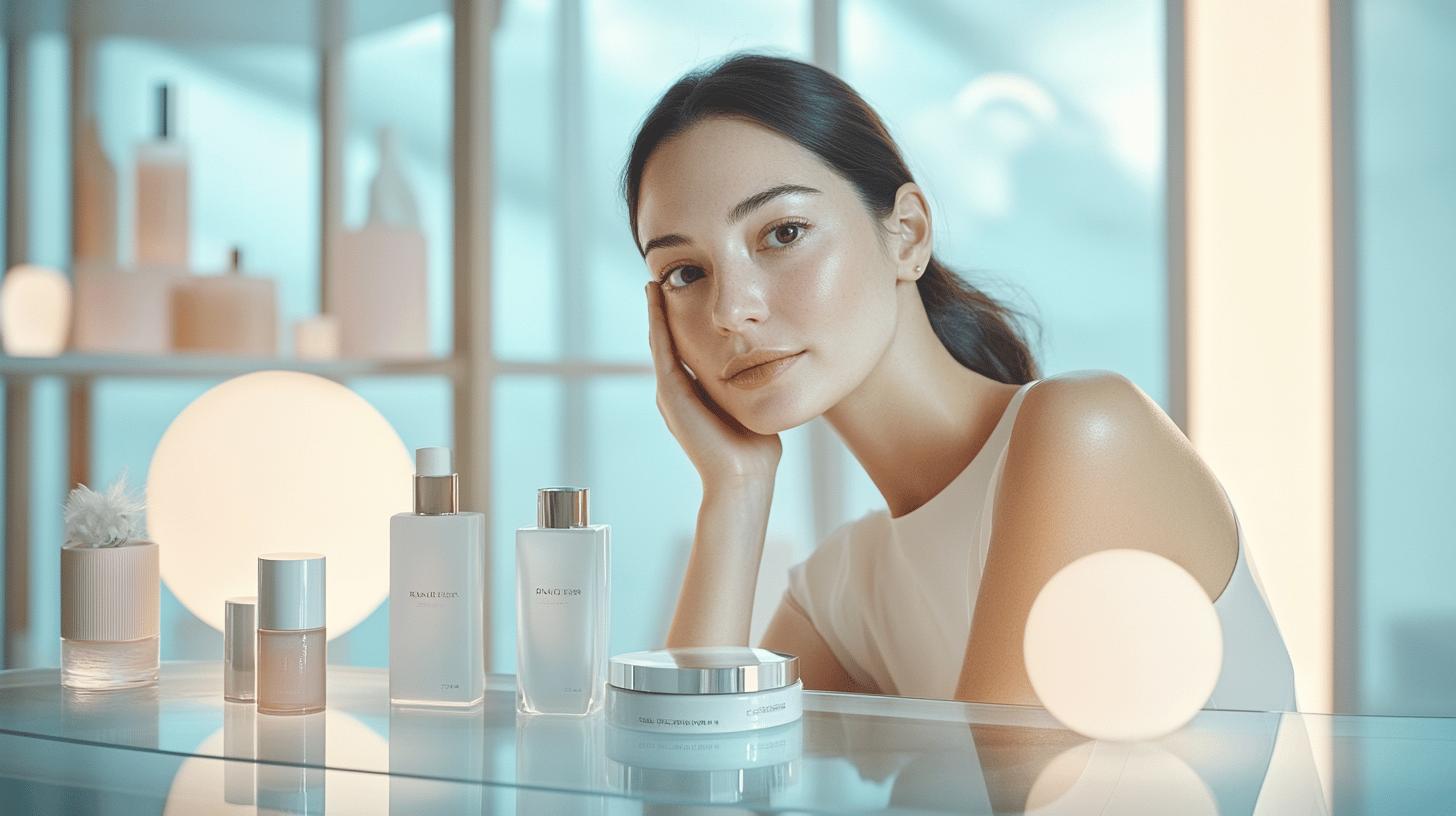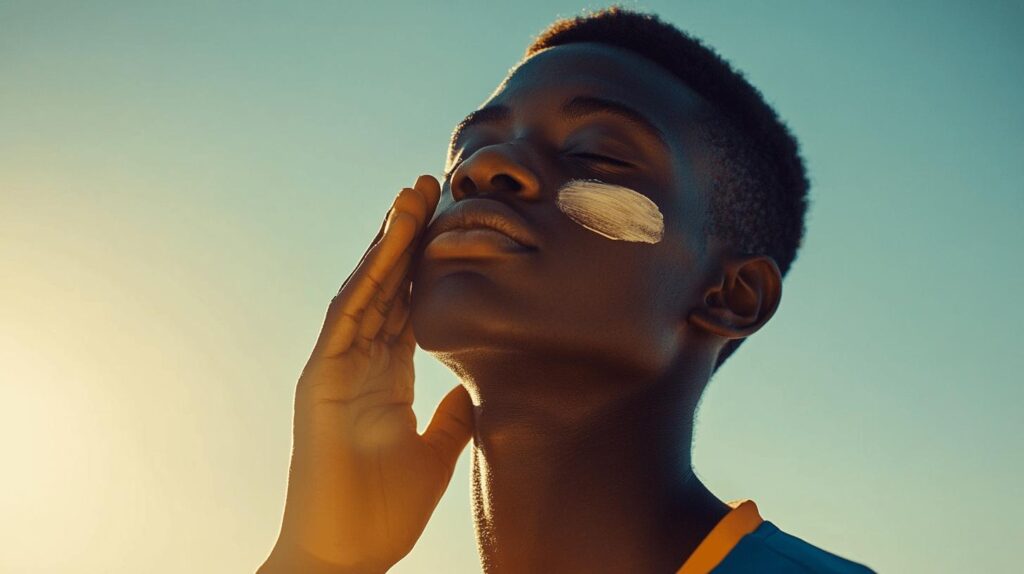Are outdoor sports silently sabotaging your skin health? For those who relish the thrill of an outdoor game or the serenity of a mountain hike, the risks of sun exposure cannot be overlooked. Factors like water reflection, high altitudes, and even sweating contribute to increased skin vulnerability to UV rays, making athletes particularly susceptible to sun damage. Not only can sunburn disrupt athletic performance by affecting thermoregulation, but it also poses a long-term threat to skin health. Discover essential treatments and strategies to tackle sports-related sun damage head-on. Dive into the full article for actionable insights.
Understanding Sports-Related Sun Damage
Outdoor sports significantly increase the risk of sun-related damage to the skin. This heightened risk is primarily due to factors such as water reflection, which can intensify UV exposure, and high altitudes, where UV radiation is more potent. Additionally, sweating during these activities can increase skin photosensitivity, making it more susceptible to damage. Even on overcast days, more than 90% of UV rays can penetrate clouds, stressing the importance of sun protection regardless of visible sunshine. These conditions collectively contribute to an elevated risk of sun damage for athletes engaged in outdoor sports.
Common symptoms of sun damage include:
- Sunburn: Red, painful skin that may blister or peel
- Premature Ageing: Wrinkling and loss of skin elasticity
- Hyperpigmentation: Dark spots and uneven skin tone
- Dryness: Dehydrated skin with a rough texture
- Increased Sensitivity: Skin that reacts more easily to environmental factors
Sunburn directly impacts athletic performance by impairing thermoregulation, the body’s natural ability to maintain its temperature. This disruption can lead to an increased risk of heat-related illnesses, such as heat exhaustion or heat stroke, particularly in hot and humid environments. Consequently, athletes may experience reduced stamina and performance, underscoring the critical need for effective sun protection measures during outdoor sports activities.
Preventive Measures for Outdoor Enthusiasts
Planning exercise times and environments is crucial for outdoor enthusiasts to minimise the risk of sun damage. The sun’s UV rays are most intense between 11 am and 3 pm; therefore, scheduling training sessions outside these hours can significantly reduce exposure. Furthermore, choosing shaded or partially shaded areas for workouts can provide an additional layer of protection from harmful UV radiation. This thoughtful planning ensures athletes maintain their health and performance without compromising their skin’s well-being.
Sun safety habits for outdoor sports include:
- Apply Sports-Specific Sunscreen: Use sweat and water-resistant sunscreen with at least SPF30+ for prolonged protection.
- Wear UPF Clothing: Opt for clothing with a high Ultraviolet Protection Factor to shield the skin from UV rays.
- Use Sun-Protective Accessories: Hats, sunglasses, and visors can protect sensitive areas such as the face, neck, and eyes.
- Seek Shade Regularly: Take breaks in shaded areas to reduce direct exposure during peak sun intensity.
- Stay Hydrated: Drinking water aids in maintaining skin moisture and overall body function under heat stress.
- Educate Through Resources: Utilise downloadable toolkits available for sports clubs to spread awareness on sun safety.
- Monitor UV Index: Check daily UV index forecasts to plan activities accordingly and adjust protection measures as needed.
Innovative Sun Protection Products
Emerging technologies in sun protection gear offer athletes enhanced safety while keeping performance in mind. Innovations like UV-detecting wearables alert users when UV exposure reaches critical levels, prompting timely preventive action. Furthermore, advancements in fabric technology have led to the development of lightweight, breathable materials with integrated UPF, ensuring comfort and flexibility during intense physical activities. These products not only enhance protection but also align with the dynamic demands of outdoor sports, making them indispensable for modern athletes.
Choosing the Best Sunscreen for Athletes
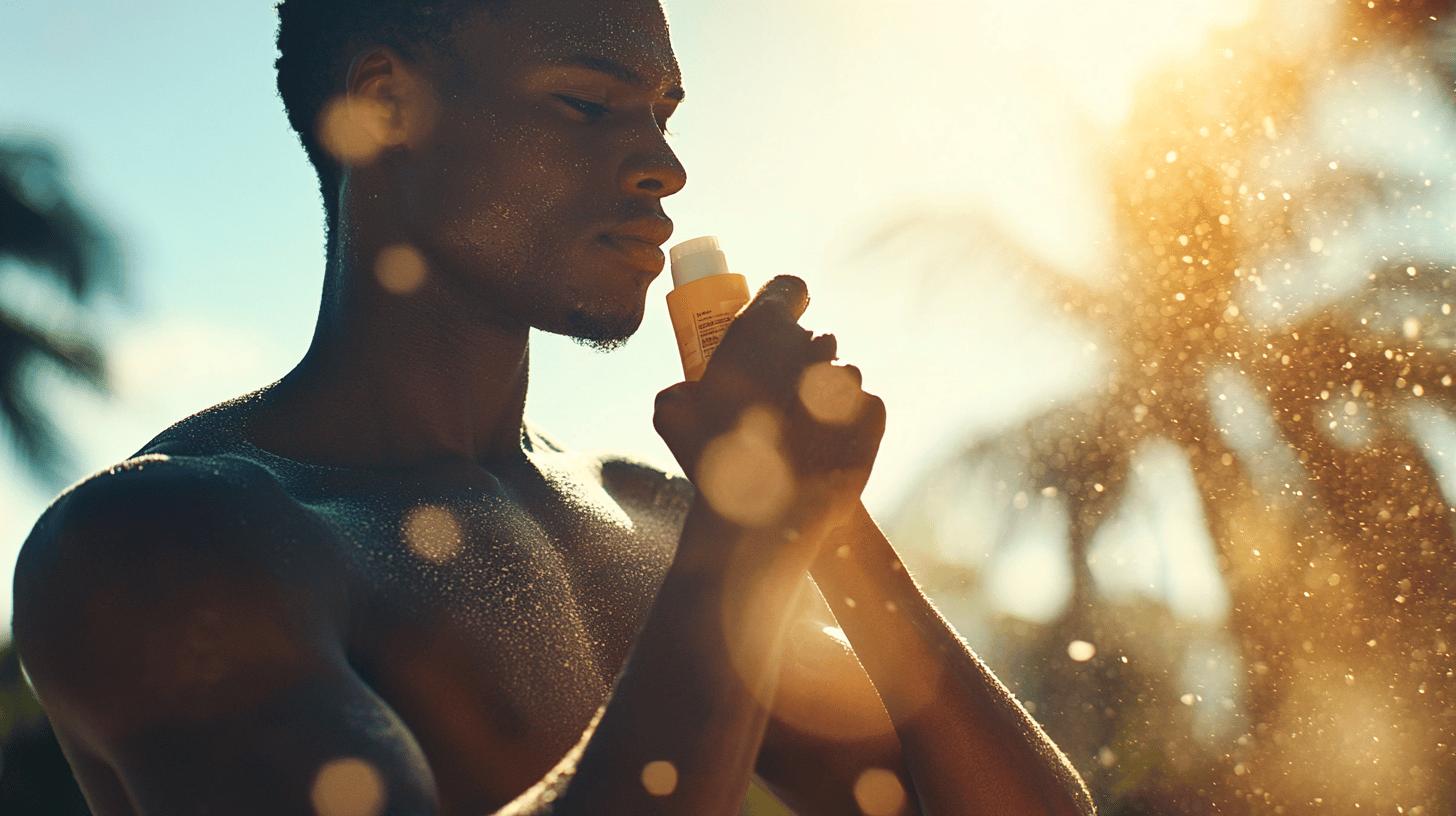
Broad-spectrum sunscreen is essential for athletes engaging in outdoor activities, as it provides comprehensive protection against both UVA and UVB rays. These rays contribute to skin ageing and sunburn, respectively, making broad-spectrum coverage crucial for maintaining skin health. For athletes, using a sunscreen with at least SPF30+ ensures adequate protection during prolonged exposure to the sun. Focus should be given to applying sunscreen generously on sensitive areas such as the ears and nose, which are often overlooked yet highly susceptible to sun damage.
Features of ideal athlete sunscreens include:
- Sweat and Water Resistance: Ensures the sunscreen remains effective during intense physical activity and water exposure.
- SPF30+ Rating: Provides a robust shield against harmful UV rays for extended durations outdoors.
- Non-Greasy Formula: Allows for comfortable wear without hindering performance or causing distractions.
- Roll-On or Spray Applicators: Facilitates quick and easy reapplication, especially during transitions or breaks.
- Mineral-Based Ingredients: Utilising zinc oxide or titanium dioxide to minimise skin irritation and provide a physical barrier.
- Broad-Spectrum Coverage: Essential for comprehensive protection from the full spectrum of UV radiation.
Reapplying sunscreen during sports activities is vital to maintaining continuous protection. Factors such as sweating, wiping the face, or swimming can diminish the efficacy of the initial application. Therefore, athletes should reapply sunscreen every two hours or more frequently if engaging in activities that cause significant perspiration or water exposure. This practice not only prolongs skin protection but also enhances the athlete’s performance by preventing sunburn and associated discomfort.
Effective After-Sun Treatments for Sports Enthusiasts
Immediate care following sun exposure is crucial for repairing sun-damaged skin. Promptly addressing the skin’s needs can significantly reduce inflammation and promote healing, ultimately improving recovery time and mitigating long-term damage. Hydration plays a vital role in the healing process, as it helps restore the skin’s moisture balance and supports cellular repair. Additionally, soothing treatments, such as applying aloe vera or cool compresses, can alleviate discomfort and redness, providing immediate relief.
Home remedies also offer effective skin recovery tips after sun exposure. Applying a gentle moisturiser containing ingredients like hyaluronic acid or glycerin can help maintain hydration and soothe irritated skin. Antioxidant-rich products, such as those containing vitamin E or green tea extract, can further assist in repairing damage by combating free radicals. Additionally, staying hydrated by drinking plenty of water will support the body’s natural healing processes, ensuring the skin recovers swiftly and efficiently.
The Role of Skincare Routines in Sun Damage Prevention
Daily skincare routines are essential for outdoor enthusiasts to prevent and manage sun damage effectively. Regular care not only enhances skin resilience against UV damage but also maintains overall skin health, which is crucial for athletes frequently exposed to the sun. Incorporating antioxidants, such as vitamin C, into one’s skincare regimen provides additional protection by neutralising free radicals and reducing oxidative stress on the skin. Moreover, utilising gentle cleansers and moisturisers with SPF ensures that the skin remains hydrated and shielded from harmful UV rays during daily activities. Post-exercise, athletes should focus on cooling and soothing their skin to replenish hydration, which aids in recovery and minimises damage.
Recommended skincare products for athletes include:
- Antioxidant Serums: Products containing vitamin C or E to protect against free radical damage.
- SPF Moisturisers: Dual-purpose moisturisers that hydrate while offering sun protection.
- Gentle Cleansers: Non-irritating formulas that remove sweat and impurities without stripping the skin.
- Cooling Gels: Aloe vera or other soothing gels to calm the skin post-exposure.
- Hydrating Sprays: Mists that provide instant refreshment and moisture, especially after workouts.
Tailoring Routines for Different Sports
Different sports require specific skincare adjustments to ensure optimal protection and care. For water sports, water-resistant SPF products are paramount, while cyclists might favour lightweight, non-greasy formulas to prevent clogging pores under helmets. Runners should consider anti-chafing creams alongside SPF to protect both skin and performance. Each sport presents unique challenges; hence, tailoring skincare routines to meet these demands is vital for maintaining athlete skin health and enhancing performance across various outdoor activities.
Final Words
Navigating sports-related sun damage requires awareness and proactive measures, especially for outdoor enthusiasts exposed to heightened sun risks. With enhanced understanding, individuals can plan activities wisely, employ effective sun protection, and choose the best sunscreens tailored to athlete needs. Post-exposure, effective treatments and skincare routines play a pivotal role in repairing and preventing further damage.
Embracing these strategies not only safeguards skin but also enhances performance and confidence in outdoor pursuits. Adopting a comprehensive approach ensures a fulfilling, sun-safe experience while fostering long-term skin health.
Protect your active skin – Explore Flawless Clinic’s sun damage treatments for athletes today!
FAQ
What are the risks associated with sun exposure during sports?
Sun exposure risks are heightened during outdoor sports due to environmental factors like water reflection, altitude, and sweating, which increase photosensitivity. Over 90% of UV rays can penetrate clouds, necessitating sun protection even on cloudy days.
What are the common symptoms of sun damage in outdoor sports?
Sun damage symptoms include:
- Redness and sunburn
- Peeling skin
- Freckles and brown spots
- Premature ageing
- Increased risk of skin cancer
How does sunburn affect athletic performance?
Sunburn can impair athletic performance by affecting thermoregulation and increasing the risk of heat-related illnesses, thus impacting endurance and overall energy levels.
What preventive measures should outdoor enthusiasts take?
Effective preventive measures include:
- Scheduling activities outside peak UV hours (11 am – 3 pm)
- Applying sports-specific, sweat-resistant sunscreen
- Wearing UPF clothing
- Using sun-protective accessories
- Staying hydrated
- Seeking shade whenever possible
- Using downloadable sun safety toolkits for awareness
What are innovative sun protection products for athletes?
Innovative products include:
- Sweat-resistant sunscreens
- UPF-rated clothing
- Clip-on UV detectors
- Sun sleeves and visors
- Cooling towels for temperature regulation
How do athletes choose the best sunscreen?
Athletes should choose:
- Broad-spectrum SPF30+ sunscreens
- Sweat and water-resistant formulations
- Mineral and zinc oxide options for sensitive skin
- Roll-on or spray applications for convenience
- Brands recommended for reduced irritation
- Products with easy reapplication features
Home remedies focus on hydration and soothing to reduce inflammation and promote healing.
How can skin care routines prevent sun damage in outdoor enthusiasts?
Daily skincare routines enhance resilience by:
- Using antioxidants like vitamin C
- Incorporating gentle cleansers
- Applying moisturisers with SPF
- Soothing post-exercise routines
- Replenishing hydration
How do skin care routines vary for different sports?
Tailoring skincare involves adjusting SPF and hydration levels based on sport intensity, environmental conditions, and individual skin type to efficiently protect against sun damage.
